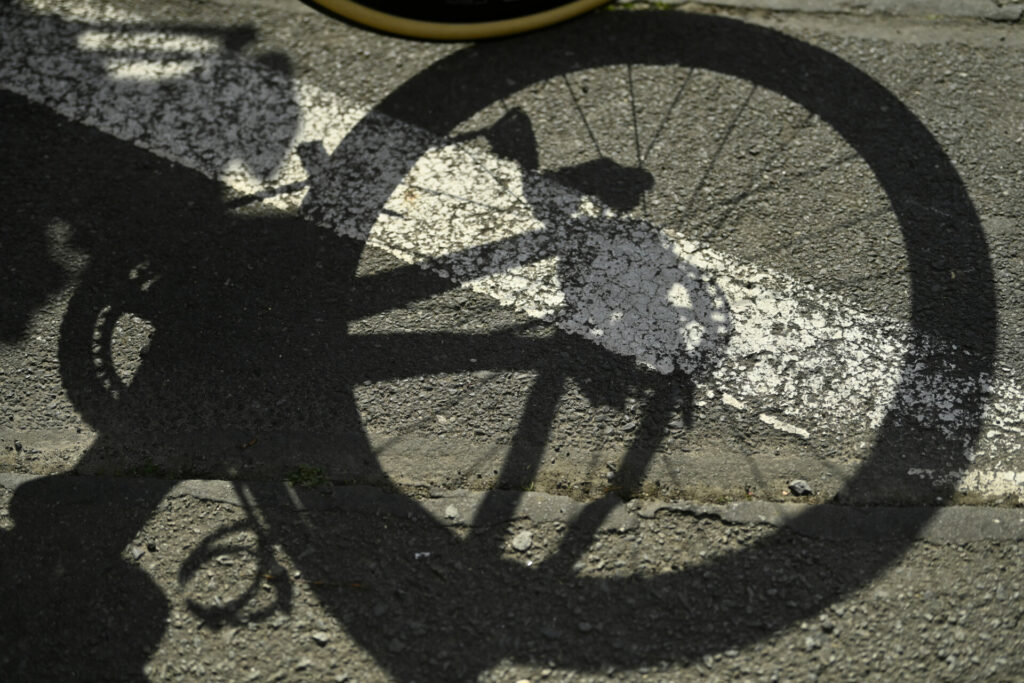A lot more cycling accidents happen in Belgium than the official statistics suggest, with the real figure likely being around six times as high, according to the Flemish Foundation for Traffic Engineering.
Many cycling accidents happen without the involvement of a third party, but are due to potholes in the road surface, sewer grates or road markings that become slippery in rainy weather, for example. In Flanders, according to official figures, there were 1,234 such unilateral cycling accidents in 2021, or "only" 14% of the total number of cycling accidents. But the real figures must be much higher.
"If you go and look at research in other European countries, you see that up to 85% of the total number of cycling accidents are unilateral accidents. A huge difference," spokesperson Werner De Dobbeleer of the Flemish Foundation for Traffic Studies told VRT.
The Foundation recommends always reporting a cycling accident. "If someone falls by bike or rides a pole and gets injured, often no police are called. So those accidents are not recorded," he said.
Related News
- One pedestrian or cyclist killed every two days last year
- Pupils in Brussels increasingly walking or cycling to school
- 'Road safety is not always easy': Brussels must stick with Good Move plan
But it is best to always let the police know if you are even slightly injured. If you are not, De Dobbeleer recommends reporting the accident to the Roads Reporting Centre (Meldount Wegen) anyway. "On the website, you can then report that there is a problem with cycling infrastructure at a particular place. A pit in the road, for example, or a bollard that is in the way."
There are many possible causes for these accidents, said Wout Baert of the Fietsberaad Vlaanderen knowledge centre. "A survey shows that 30% of unilateral cycling accidents happen due to cyclists slipping, for example, due to slippery stones, leaves on the road that have not been swept away, snow that has not been cleared..."
"On the other hand, there are obstacles on the road: bollards that are misplaced and people drive into, for example," he added. "The choice of material for new roads, for example, can also prevent many one-sided cycling accidents. More attention is already being paid to this by road authorities, but unfortunately, there are still problems even with recently constructed cycle paths."

